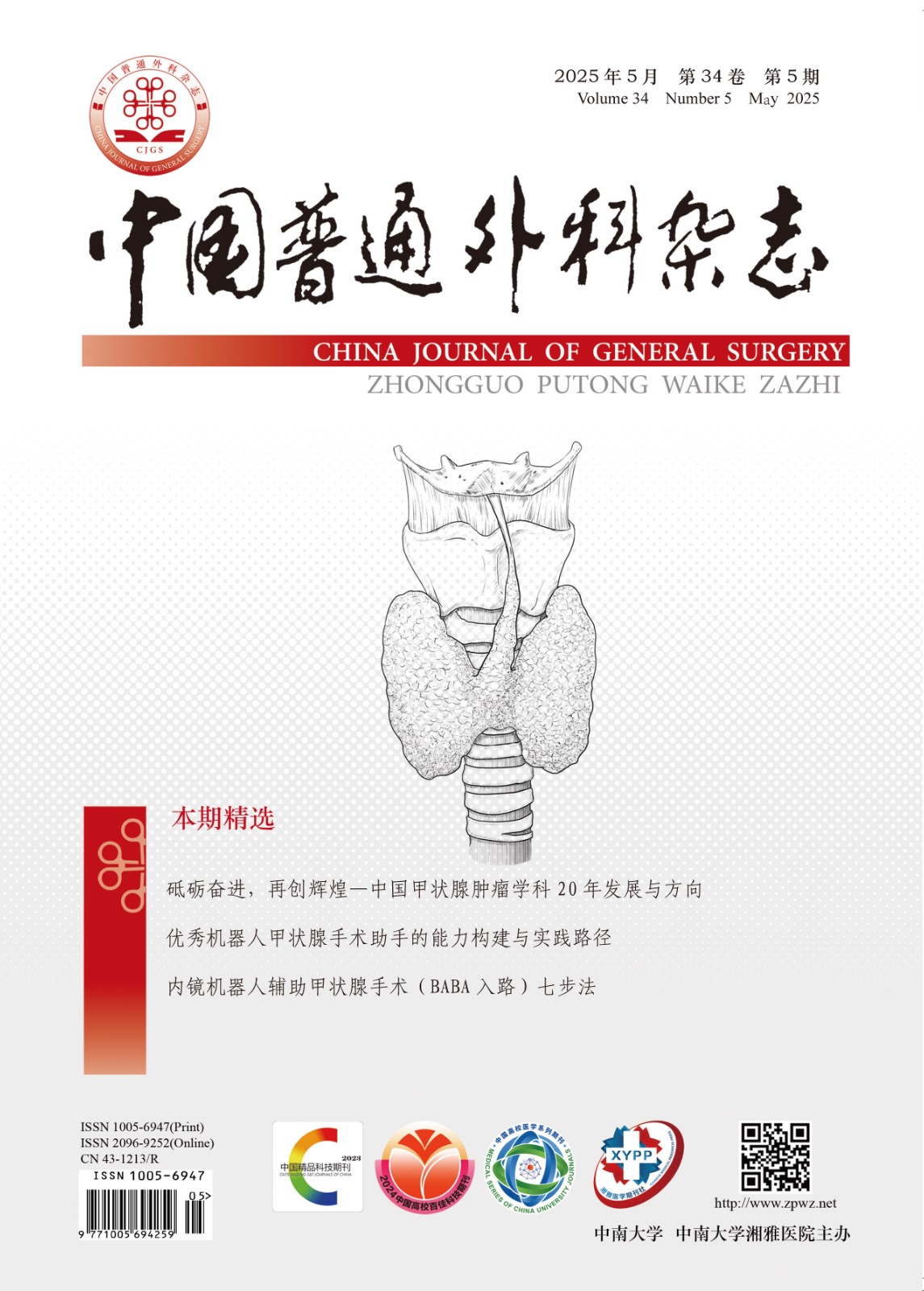Abstract:Background and Aims: The relationship between systemic immune index (SII) and prognosis in patients with pancreatic cancer is controversial at present, and there are also no large sample multi-center studies to provide confirmation. This study was conducted to systematically explore the prognostic significance of SII in pancreatic cancer by Meta-analysis, so as to provide evidence for improving patients’ prognosis and individualized treatment.
Methods: A computer-based searching was conducted in several national and international databases, and the publicly published studies on the relationship between SII and the prognosis of pancreatic cancer were collected. The retrieval time was from inception to March 2020. After literature screening, data extraction and bias risk evaluation by two independent reviewers, Meta-analysis was conducted using Stata 12.0 software.
Results: Five cohort studies were included involving a total of 3 086 patients. Results of Meta-analysis showed that the overall survival (OS) was shortened (HR=1.26, 95% CI=1.13–1.40, P<0.001) and the cancer-specific survival (CSS) was poor (HR=2.232, 95% CI=1.55–3.48, P<0.001) in pancreatic cancer patients with high SII, while SII had no significant relation with the disease-free survival (DFS) of pancreatic cancer patients (HR=1.27, 95% CI=0.95–1.70, P<0.106). Subgroup analysis found that high SII was associated with shortened OS (HR=1.39, 95% CI=1.14–1.69, P=0.001) when the threshold value of SII was greater than or equal to 600, and was irrelevant to OS (HR=1.22, 95% CI=0.97–1.54, P=0.089) when the threshold value of SII was less than 600. High SII was associated with shorter OS as evidenced by studies from Austria and the United States (HR=1.40, 95% CI=1.07–1.84, P=0.016; HR=1.37, 95% CI=1.02–1.84, P=0.004), but was unrelated to OS as demonstrated by studies from China (HR=1.22, 95% CI=0.97–1.54, P=0.089). High SII was related to the shortened OS in patients undergoing surgical treatment and non-surgical treatment (HR=1.40, 95% CI=1.07–1.84, P=0.004; HR=1.38, 95% CI=1.18–1.61, P<0.001), but was not associated with OS in those undergoing mixed treatment (HR=1.09, 95% CI=0.92–1.29, P=0.303). High SII was connected to shortened OS in patients with either AJCC stage I-III or III-IV disease (HR=1.39, 95% CI=1.14–1.69, P<0.001; HR=1.38, 95% CI=1.14–1.66, P<0.001), and high SII was relevant to shortened OS in patients either before or after treatment (HR=1.39, 95% CI=1.19–1.62, P<0.001; HR=1.37, 95% CI=1.02–1.84, P=0.037). In addition, SII, the neutrophil-to-lymphocyte ratio and the platelet-to-lymphocyte ratio had a predictive effect on OS in pancreatic cancer patients, while CA19-9 did not. None of the above 4 factors had predictive effect on DFS, but all had predictive effect on CSS.
Conclusion: High SII may be an independent risk factor for poor prognosis in pancreatic cancer patients. Limited by the quantity and quality of the studies, the above conclusion needs to be verified by more high-quality studies.

